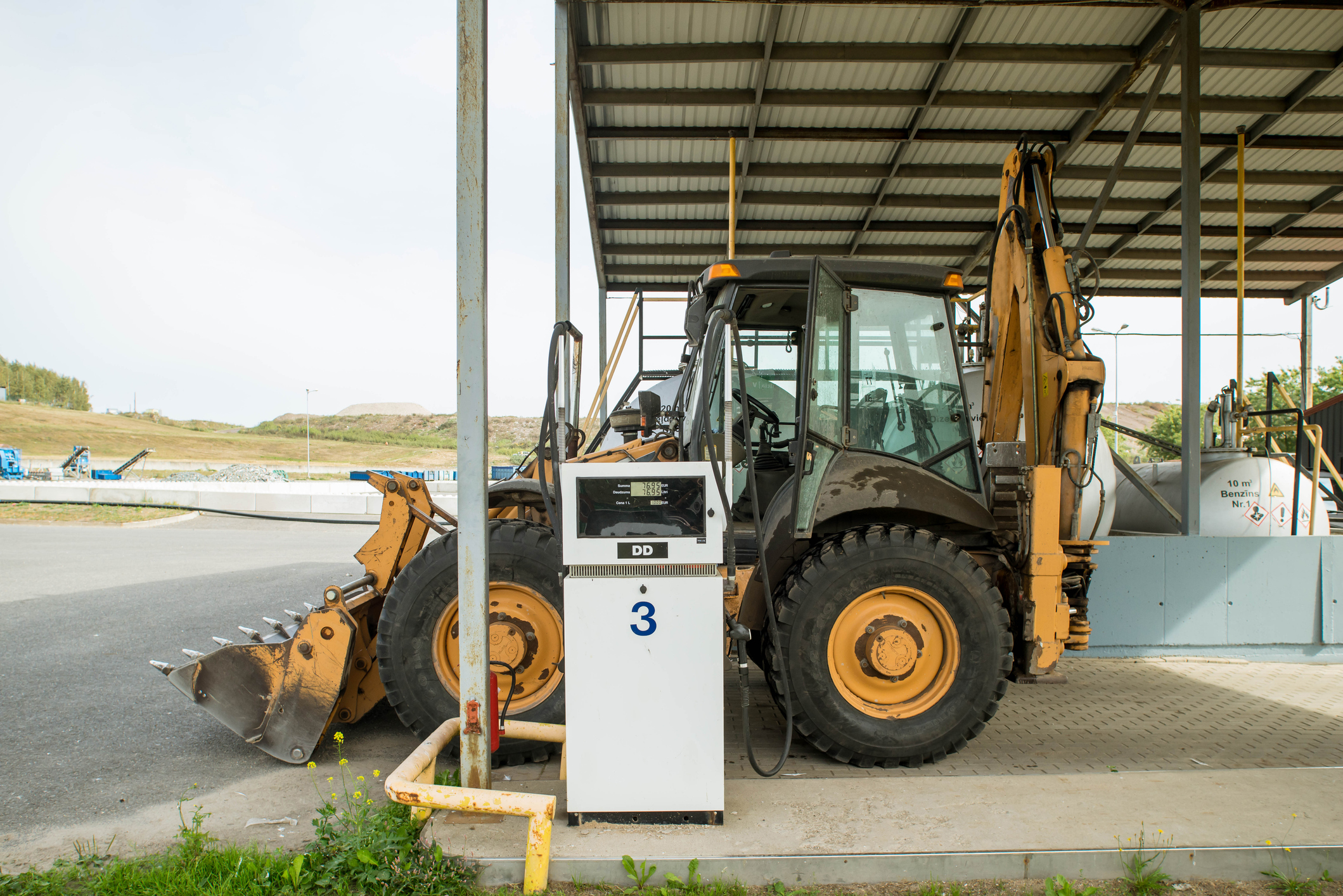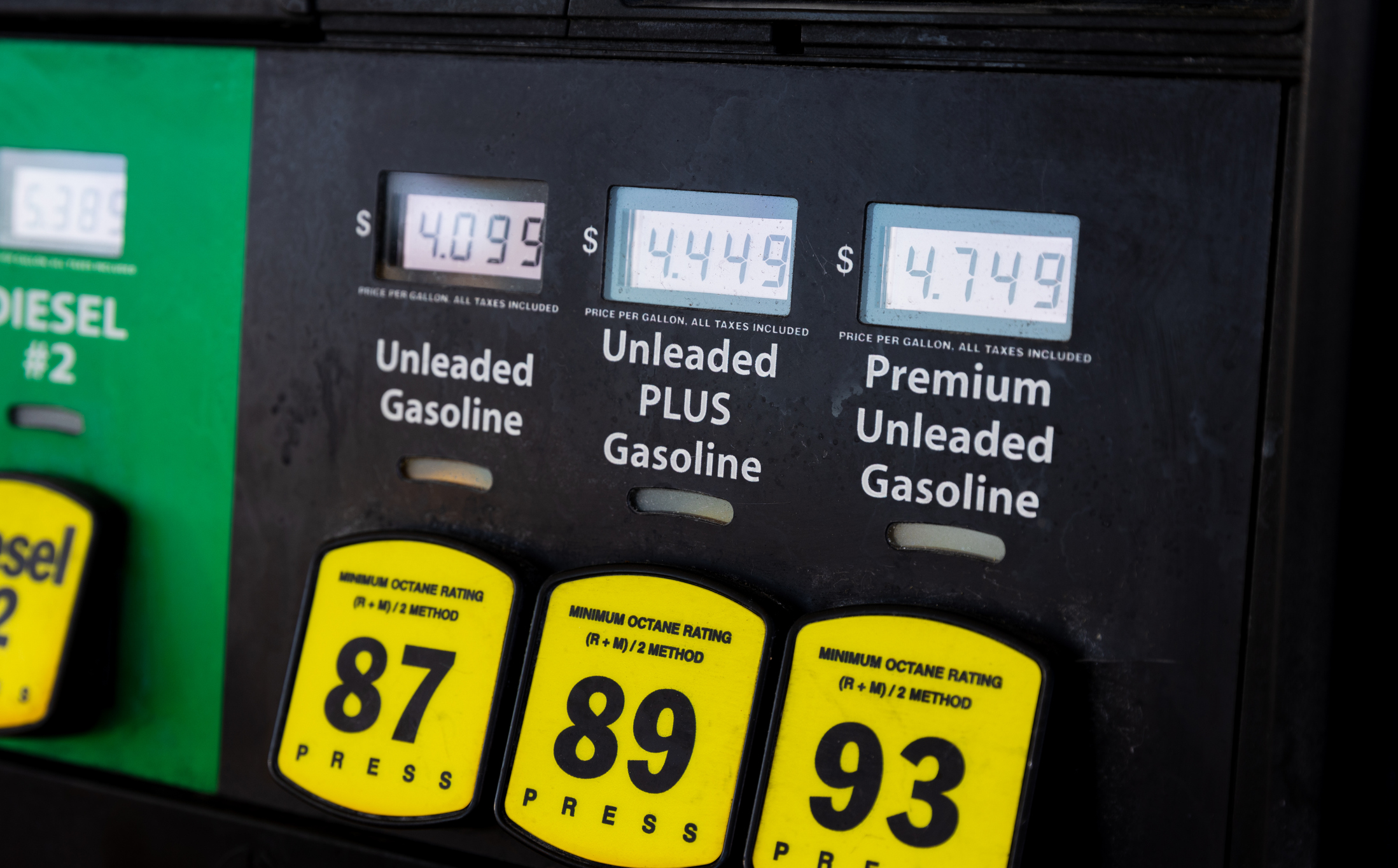This week has been the hottest of the year in Washington state and demand for electricity jumped to its highest level in the BPA region since March 10. Simultaneously, wind-generated electricity fell to nearly zero across Idaho, Oregon, and Washington. It is a good example of why wind power is a poor substitute for hydroelectric power. Energy that disappears when it is needed most is simply not sustainable.
 During the last four days, wind and solar power across the entire region generated between 150 and 270 megawatts (MW) during peak demand hours in the early evening. That is only 2 percent of total generation and about the same as just one of the four Lower Snake River dams.
During the last four days, wind and solar power across the entire region generated between 150 and 270 megawatts (MW) during peak demand hours in the early evening. That is only 2 percent of total generation and about the same as just one of the four Lower Snake River dams.
This isn’t rare.
Between January 25 and 28, when peak demand was over 9,000 MW every morning, total wind and solar generation provided between zero and 0.3 percent of total energy demanded. And when the BPA region had its highest demand of the year on February 23, reaching 10,422 MW, wind and solar accounted for less than 1 percent of energy used by customers across the Northwest.
When demand for electricity is greatest – due to hot or cold weather – too often, wind disappears.
The only meaningful amount of wind occurred just after midnight on the morning of July 27 when demand for electricity was at the lowest point of the day. As demand increased, the wind died down.
There are some who believe we can meet future energy needs with more wind power. Some argue we can replace hydro, which can be turned on when demand increases, with wind and solar. The experience of this last week and earlier this year demonstrate that when wind is needed most, it is unreliable.






